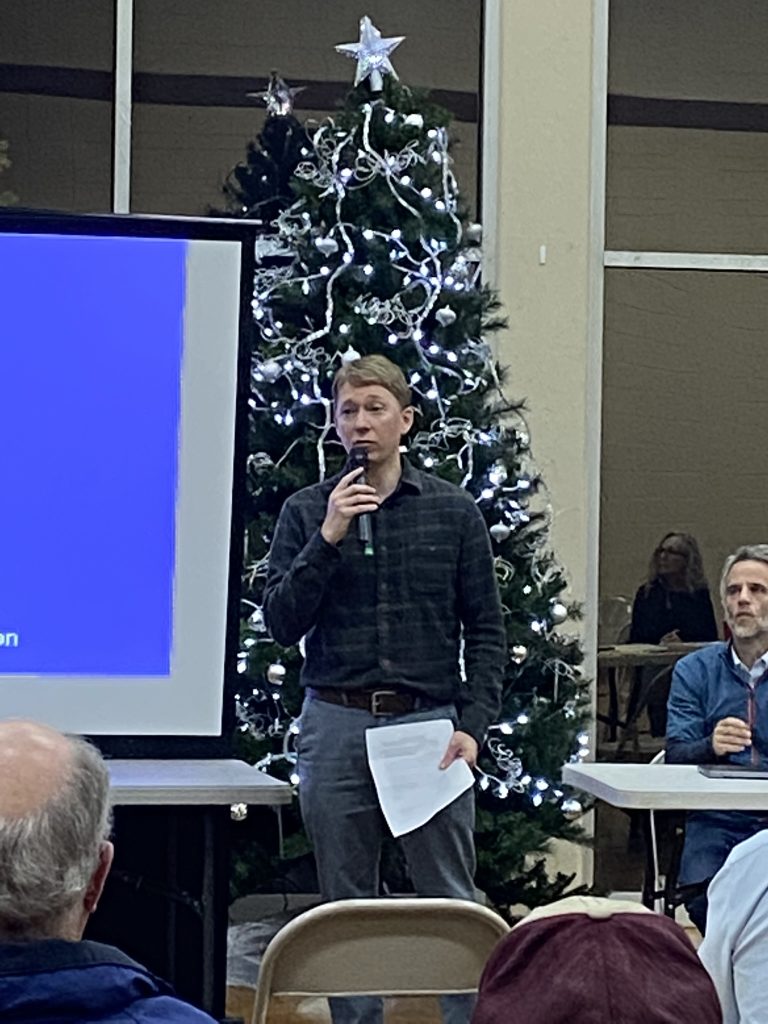POLICY UPDATES from Alabama Rivers Alliance
Leaves have fallen, special legislative sessions have come to an end, and as we enjoy the holidays, I give thanks for the restorative powers of Alabama’s marvelous creeks, streams, rivers, lakes and bays. Last month, I was generously gifted a visit to the Bon Secour National Wildlife Refuge on Alabama’s coast, and the beauty of the rolling pine and oak woodlands leading to the serenity of an undeveloped white-sand beach reminded me of how much we have to treasure and protect and restore.
In this season of rest and reflection, I give additional thanks for all of our hardworking, water-protecting partners and members who understand the value of these waters and embrace the responsibility we have to steward them. I hope you enjoy my recap below of many of the encouraging legal and policy developments we’ve contributed to over the past six months, and I look forward to making even greater strides together starting in January!
– Jack West, Policy & Advocacy Director
PS. That photo of me was taken by Cahaba River Society’s new River Sustainability Director Ben Wegleitner on a recent clean up!
STATE LEGISLATIVE & POLICY UPDATES:
REFORM OF WASTE SLUDGE REGULATIONS
The practice of spreading waste sludges from wastewater treatment plants, poultry processing facilities, and industrial sources onto farmland continues to plague Alabama’s lands and waters, particularly in the northern half of the state. Contaminated runoff from these waste sludges threatens nearby creeks and streams, and the staggering stenches from these materials afflicts rural communities.
Together with our partners at Southern Environmental Law Center and Black Warrior Riverkeeper, we continue work to improve the state’s regulations governing the spreading of waste sludges on agricultural land as a “beneficial” soil amendment. Though the Alabama Environmental Management Commission sided with ADEM in our administrative challenge, we have appealed this decision to state court while continuing to provide ADEM with stakeholder input as the agency revises its regulations. A “Fact Sheet” released by ADEM indicates it is considering modifications to the regulations which would adopt many of the changes requested in our administrative challenge. A new proposed rule should be available for public comment before the year’s end, and we will be encouraging members to submit comments to strengthen the regulations and will continue uplifting the voices of people who have been exposed to this foul practice.
We recently supported a community meeting in North Alabama held by Alabama Waste Sludge Awareness for concerned residents to share their experiences with waste sludge practices and to help them be prepared to comment on the upcoming proposed rules from ADEM. This coalition of communities concerned about waste sludge is growing, and our board member, Julie Lay, is spearheading this effort. If you would like to join this group, please sign up here.
If you want to learn more about this issue, please take a moment to watch the 2020 Southern Exposure Film, SOILED.
HYDROPOWER RELICENSING OF HARRIS DAM ON TALLAPOOSA RIVER
It has been a marathon year in the relicensing of Alabama Power’s Harris Dam on the Tallapoosa River. After the utility filed it’s Preliminary Licensing Proposal over the summer, many individuals and stakeholders filed comments with the Federal Energy Regulatory Commission (FERC) asking for natural flows and water temperatures, better river recreation access, and increased public safety and notification protocols. You can view ARA’s comments on the Preliminary Licensing Proposal here.
In November, Alabama Power filed its Final License Application for the Harris Project, and now the ball is in FERC’s court to signal when the agency is ready to begin its required environmental analysis. The utility’s Final License Application documents are available here, and there will be more opportunities to get involved in 2022.
Also, if you haven’t seen it already, check out the Southern Exposure film, HEAL THE RIVER, our recent Southern Exposure film which explains why the relicensing process is important for the future of the Tallapoosa River.
CHANDLER MOUNTAIN PUMPED-STORAGE HYDROPOWER PROJECT
In July, Alabama Power filed a preliminary permit application to explore developing a large pumped-storage hydropower project on Chandler Mountain in the Coosa watershed. This proposed project threatens the health of the mountain itself, Jake Creek, Gulf Creek, Little Canoe Creek, and Big Canoe Creek, as well as the aquatic creatures that call those streams home. Little Canoe Creek is home to one of the two remaining populations of the Canoe Creek Clubshell, a critically imperiled freshwater mussel that has been proposed for listing under the Endangered Species Act.
We filed to intervene in the permit application docket before the Federal Energy Regulatory Commission and were joined by our partners at Coosa Riverkeeper, Energy Alabama, and the Friends of Big Canoe Creek. A project of this magnitude would drastically change the character of Chandler Mountain and degrade aquatic habitat for delicate mussels and other aquatic critters. And more affordable, less destructive energy storage alternatives exist!
WATER EQUITY IN ALABAMA
Over the past several years as the folks in the river and water protection movement have awakened to water crises like the one in Flint Michigan and wastewater injustices like those that are happening right here in Lowndes County, Alabama, we have learned that our work to protect water has been one-sided. While we have always worked to protect the sources of our water, our rivers and streams, we have not always engaged in the conversation and efforts to ensure that water is protected all the way to the tap.
The U.S. Water Alliance, a national nonprofit, identifies the three tenets of water equity as ensuring all communities:
- Have access to safe, clean, affordable drinking water and wastewater services;
- Share in the economic, social, and environmental benefits of water systems; and
- Are resilient in the face of floods, drought, and other climate risks.
To this end, we at the Alabama Rivers Alliance have been working to better understand water equity issues in Alabama and to participate in efforts to ensure that water resources are shared equitably.
In collaboration with several partners around the state, including Alabama Arise, Cahaba River Society, Gasp, Greater Birmingham Ministries, and SWEET Alabama, we commented on the development of the Low Income Household Water Assistance Program (LIHWAP) – a new program temporarily funded by the federal government to help customers pay overdue water bills as a result of the pandemic. You can read our comments and learn more about the program by clicking here. The program is still awaiting HHS approval.
Additionally as part of this work, we collaborated with partners to participate in recent meetings surrounding a water rate increase by the Birmingham Water Works Board (BWWB). You can read our joint statement by clicking here. We will continue our efforts to communicate with BWWB and other water utilities across the state around water equity issues.
Check out our Special Giving Tuesday Water is Life Zoom Talk with Majadi Baruti (Greater Birmingham Ministries), Rob Burton (SWEET Alabama) and Frances Wallace (community activist). Click here to watch!
LITTLE RIVER WILD AND SCENIC DESIGNATION CAMPAIGN
We are making progress on our campaign with Little River Waterkeeper to designate Little River as a national Wild and Scenic River and preserve this jewel for future generations. We have continued to work with state officials, county tourism boards, economic development organizations, and federal and state agencies to build momentum for this designation. Our most recent letter of support comes from the University of Alabama Center for Economic Development.
Since getting a river studied and included in the national Wild and Scenic River system takes federal legislation, we have also been meeting with members of Alabama’s Congressional delegation to explain the benefits of having more Wild and Scenic rivers in Alabama and discussing introducing legislation to have the Little River studied to assess its eligibility.
We also participate in the national Wild and Scenic Rivers Coalition to learn from and support other W&S campaigns across the country. If you haven’t already, please take a moment to support our campaign by signing the petition at KeepLittleRiverWild.org and watch the 2019 Southern Exposure film, Something About Little River.
ALABAMA COAL ASH
The Alabama Department of Environmental Management (ADEM) is hosting a public hearing about Plant Gorgas coal ash on December 16 from 6 – 7:30 pm at Parrish Town Hall. The hearing will focus on Alabama Power’s closure plans for coal ash waste being stored in a massive unlined, leaking pit next to the Mulberry Fork of the Black Warrior River. You can view more details about how to attend the hearing and/or submit written comments ahead of time and share your opinion on the need for Alabama Power to excavate and remove its waste.
Also, don’t miss the excellent national coverage on the threat to the Mobile-Tensaw Delta posed by the coal ash pond at Plant Barry. The recent article from CNN, Gambling ‘America’s Amazon’, features our partners at Africatown CHESS, Mobile Baykeeper, and SELC.
Learn more about coal ash problems in Alabama at AlabamaCoalAsh.org.
Watch our 2018 Southern Exposure film, Ashes to Ashes, by clicking here.
UPCOMING LEGISLATIVE SESSION (2022)
We are gearing up for the 2022 Regular Session of the Alabama legislature beginning on January 11 and keeping an eye on any pre-filed bills that may affect our rivers and other water resources. Next year is a big election year for Alabama, so legislators will be trying to deal with the basics only and then focus on their campaigns. We continue to assess the priorities developed by our conservation community and published by Conservation Alabama in the Conservation Policy Guide to determine if there are opportunities for action in the upcoming session.
Please join us for our monthly Water is Life Zoom Talk on January 4 from noon to 1 pm to hear more about the upcoming legislative session. Click here to learn more and register.
|
|
|


